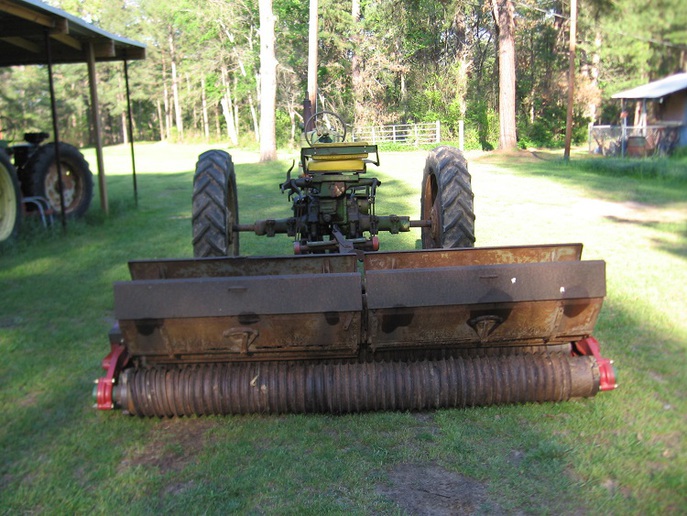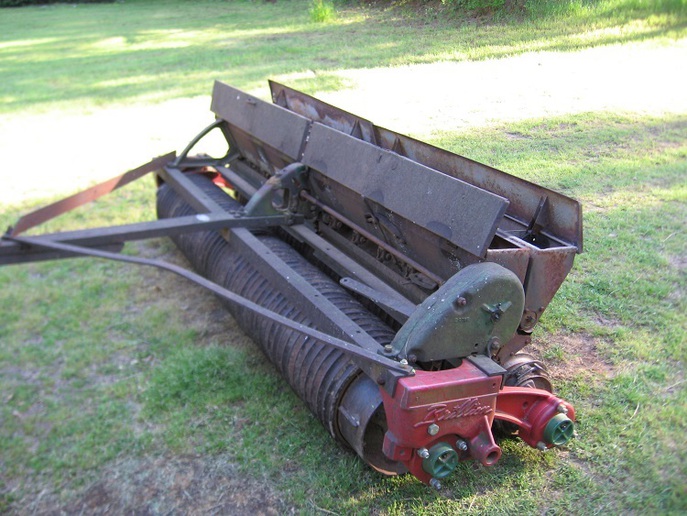Limbhangers
Member
I've never really used one. I don't know what you would really use one for row crop farming but we are wanting one to put in food plots of our deer hunters. They are wanting me to plant them some dove fields in millet so I am thinking I need to look into a cultipacker.
My soil texture is more sandy loam it is on the loose side I can work it to a powder consistency if I work it enough.
I am looking at these cultipacker wheels and there is mis-information on the internet on smooth vs smooth/notched vs more aggressively spiked.
I have read that notched is for sandy soild and somewhere else for breaking clods in tougher soil conditions.
I have no idea what the more agressively spiked rollers are for.
I don't figure I need the crows foot wheels either.
I have read that smooth wheels push sandy soil?
I have read that larger wheels to better in loose soil?
I see Brillion has a chart that shows it's wheels and based on that I am leaning towards spiked.
Any help would be appreciated... Don't really want to go drop a couple thousand on a cultipacker with the wrong type wheels.
Thanks guys.
My soil texture is more sandy loam it is on the loose side I can work it to a powder consistency if I work it enough.
I am looking at these cultipacker wheels and there is mis-information on the internet on smooth vs smooth/notched vs more aggressively spiked.
I have read that notched is for sandy soild and somewhere else for breaking clods in tougher soil conditions.
I have no idea what the more agressively spiked rollers are for.
I don't figure I need the crows foot wheels either.
I have read that smooth wheels push sandy soil?
I have read that larger wheels to better in loose soil?
I see Brillion has a chart that shows it's wheels and based on that I am leaning towards spiked.
Any help would be appreciated... Don't really want to go drop a couple thousand on a cultipacker with the wrong type wheels.
Thanks guys.




